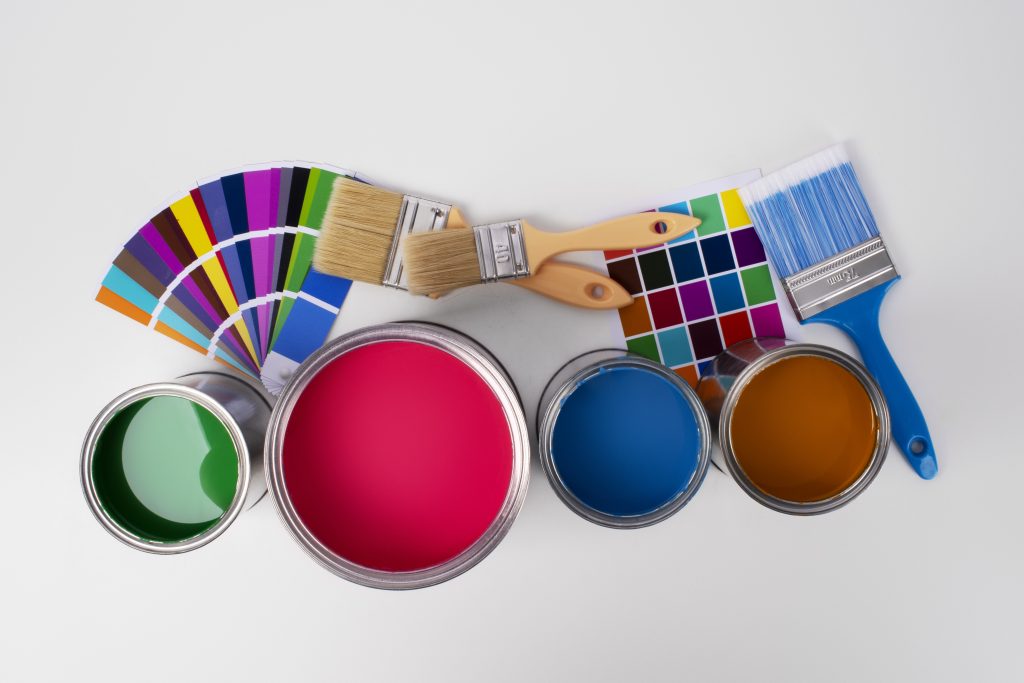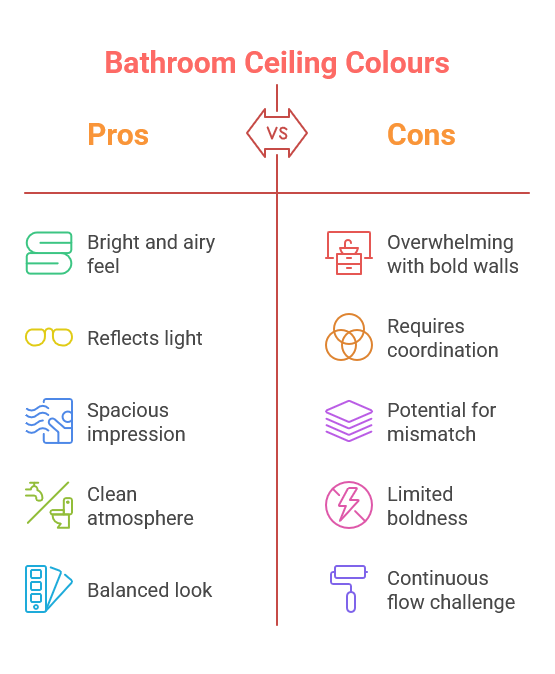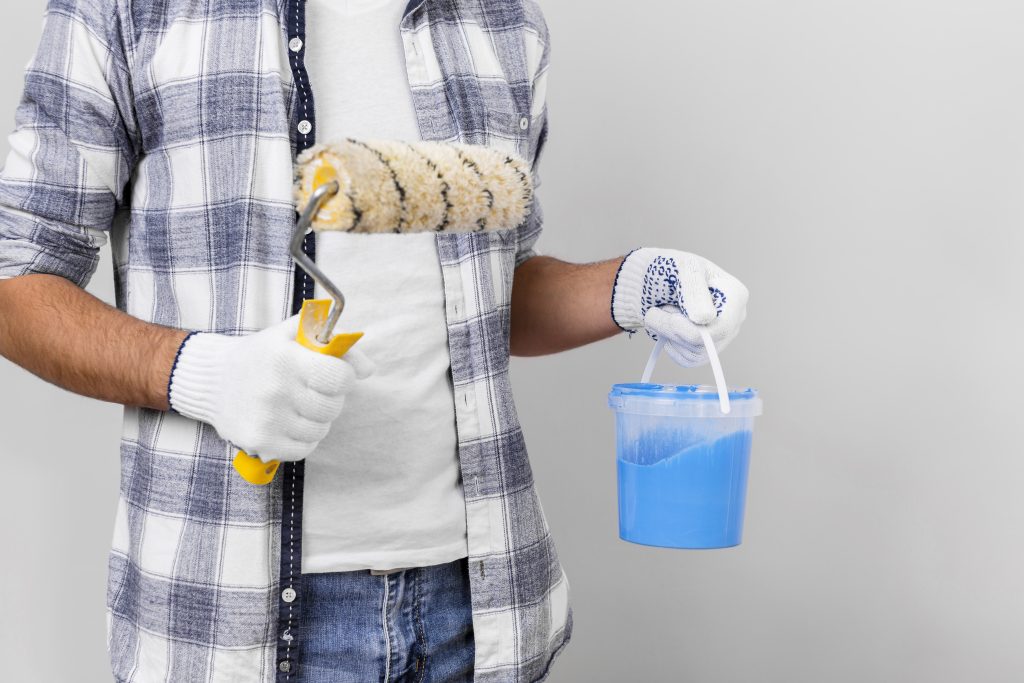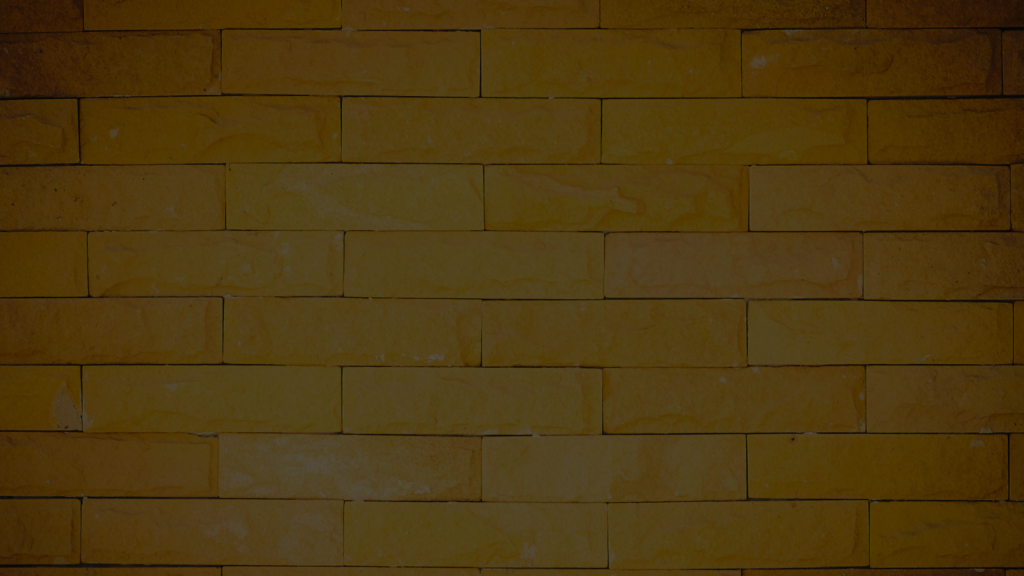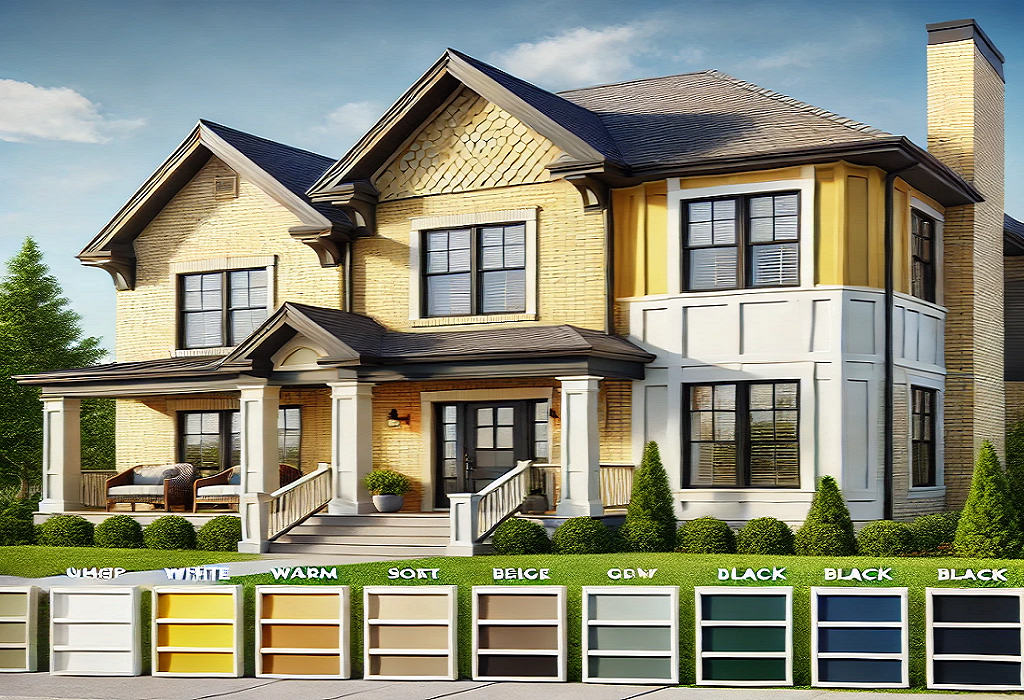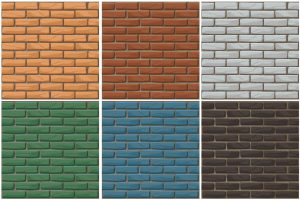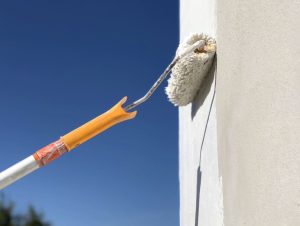
You can definitely paint your concrete tile roof. In fact, it is a great way to enhance your roof’s appearance and safeguard it from the hovering adverse elements.
However, you must pick the right Concrete roof tile paint Only then you can create a visual allure that complements your style while ensuring lasting beauty.
Let’s talk about concrete roof tiles, and proper techniques and the best types of paint for your roofing project.
Understanding Concrete Roof Tiles
Concrete tiles are primarily made of water, cement, sand and the chemical combination of iron and oxygen. Together these elements create a durable product that can imitate the strength and appearance of any other roofing materials.
In particular, the inclusion of iron oxide in the manufacturing process produces vibrant colours in the tiles, allowing them to harmonise with different architectural styles.
Concrete roof tiles are popular for their weight, sturdiness and thermal properties. They can withstand intense weather conditions like harsh winds or extreme heat, making them a reliable choice for a lasting roofing solution.
Their significant weight also offers exceptional structural support while their thermal properties minimise heat transmission between spaces.
Common Issues
Concrete tiles tend to take in water when they’re not treated thoroughly. Without protective coatings, any moisture can easily seep into the material resulting in moss growth or surface wear.
And since concrete tiles are heavier, the existence of water adds more pressure to your home’s structure that can result in serious foundational problems.
Over time, their patterns and designs will also start to fade, as a result of constant exposure to harsh environmental conditions.
Thus, despite durability, these tiles require maintenance. While they’re resistant to environmental factors, they still endure tough conditions that can wear them down.
Importance of Concrete Roof Tile Paint

A freshly painted roof gives your property a stylish refresh and provides lasting protection against adverse weather conditions.
Protection Against Elements
With increased exposure, rain and UV rays gradually break down your roofing material, prompting it to age.
Fortunately, paint has insulating properties that add an extra layer of protection over its foundational material. When the temperature fluctuates, it provides a thermal barrier, preventing hazardous elements from doing damage like moulding or rotting.
Instead of replacing your roof, you can save money by simply repainting it every time the paint begins to degrade.
Aesthetic Appeal
An ageing roof is not only dangerous, but it’s also unattractive. Painting ensures you have a good-looking roof all year round. With plenty of colours available, you can enhance the visual appeal of your home and raise the value of your property. If you’re thinking of selling your house in the future, we highly recommend roof coating.
Types of Roof Paint Suitable for Concrete Tiles
Don’t just grab and use any paint. Concrete tiles are quite tricky to deal with since it’s a porous surface, requiring proper tools and techniques and a whole lot of time to get through.
But even though that’s the case, sprucing up your concrete with paint will surely make your otherwise dull roof pop.
Acrylic Roof Paint
Acrylic paints are excellent concrete roof tile paint because they’re flexible and UV-resistant. When the temperature drops or increases, they expand and contract without cracking or peeling.
This type of paint is also effortless to use; you can apply it with a roller, sprayer or brush, which makes it a suitable option for both professionals and DIY enthusiasts.
Some recommended brands specifically designed for stronger adhesion and a lasting finish include Behr, Lanco’s White-Seal, Gardner’s, Benjamin Moore and Sherwin-Williams.
Elastomeric Roof Coatings
Elastomeric roof coatings may be a paint-like liquid, but they’re actually thicker than most standard paint.
With elastomer properties, these coatings are made elastic, meaning they can maintain their original form without being deformed despite varying temperature.
They’re waterproof, UV resistant and solid, well-suited for areas with heavy rain or extreme weather conditions and can aid cooling.
Anti-Fungal and Anti-Moss Paints
This concrete roof tile paint is formulated to discourage growth on roofs. It has chemicals that stop moss, fungus and algae from thriving on your roof and causing damage and discolouration.
Specialised paints like this one can help homeowners prolong the lifespan of their roofs while keeping their appearance pristine.
Choosing the Right Colour
Your roof is an expansive visual element, truly visible from the outside. Therefore, choosing the right roof colour is such a big commitment that can impact the overall appearance of your home. But don’t fret; we got you! Check out our top picks for concrete roof colours.
Light vs. Dark Colours
Light and dark colours are both advantageous as roof paint for concrete tiles. For instance, light hues, such as white and soft pastels, reflect light and can keep your home cooler during the scorching summer. Then again, they catch dirt and stains fast as well, which means more maintenance work for you.
Consequently, dark shades like deep reds, dark greens and charcoal, provide aesthetic depth. From the outside, these colours conjure an illusion of shape and dimension.
And because they’re dark, they tend to hide dirt better and absorb more heat. This means less maintenance and excruciatingly hot days during the warm season.
Colour Trends for Roofs
So, what are the most popular roof colours for the Aussies these days? Well, Australians love colours trends that are both classic and conventional.
For the modern architectural look, they prefer neutral tones such as soft grey, charcoal and off-whites, veering toward minimalist design with clean lines and simplicity.
Additionally, saturated hues like forest green and black contribute to a more sophisticated modern look.
When it comes to traditional homes, think colours like earthy browns and terracotta, which are warm and organic.
Lighter shades like grey and beige are also becoming favourties, specifically in hotter regions, where thermal insulating properties are really important.
Preparation Before Painting
Surface Cleaning
Cleaning concrete tiles is an important step before painting. As we say, paints don’t stick to dirty surfaces. That’s why you should blast the dirt, mould or any particles on the surface so as not to compromise your paint’s adhesion and result in premature peeling.
You can use a non-abrasive cleaning solution to polish your surface. And before you move on to the next step, make sure that your roof is absolutely dry.
Repairs and Priming
If you see any damaged tiles or cracks, fix them before the paint application. This is necessary to ensure an even and smooth surface and prevent further decline.
Once you’ve sealed all the cracks and replaced all the damages, apply a primer to strengthen your paint’s adhesion. It’s especially important when there’s an existing colour and you want to transition to another shade or when your concrete tiles haven’t been painted yet.
Application Techniques
For the job of painting your concrete tile roofs, here are the tools you need to prepare:
• Brushes (to paint intricate, smaller spaces)
• Roller (to cover large areas efficiently)
• Paint sprayer (to even out application)
• Plastic sheets or drop cloths (to protect your furniture and floor from paint splatters)
• Paint tray
• Roofing paint
• Ladder
Step-by-Step Application Process
As we mentioned, painting your concrete roof is a knotty assignment. Expect that you won’t be just slapping new colours—here’s a dose of reality of what you’re about to face.
• Deep clean your roof. That means getting rid of anything that’s stubbornly clinging to it.
• Patch any spot that has any crack or damage. You want to fix those to ensure your roof finishes in great form.
• Mask the surrounding areas, like your walls, that you don’t want to be painted on.
• Put your first coat of top-notch primer.
• Apply your chosen roof paint for concrete tiles, starting from the top all the way down.
• When the first coat has totally dried, spread your second coat of paint for better coverage and protection.
Maintenance Tips for Longevity

Regular Inspections
Early detection enables timely interventions. Your proactive routine inspections will prevent any further deterioration of your roof and enhance the durability of your paint.
Cleaning and Touch-Ups
Clean your painted surface regularly. You can use a soft brush or a pressure washer (low) for cleaning. You can also perform touch-ups on your newly painted roof to hide small surface defects and restore your paint’s protective barrier.
The Bottom Line
Roof paint for concrete tiles is worth the investment. It will not only enhance the visual appeal of your home but also serve as a shield from harmful environmental elements.
However, if you want optimal results, you must choose the right concrete roof tile paint for your residential or commercial space. Top-notch paint products look good and last longer. They can maintain the integrity of your roof and enhance your property’s value and style.
If you need the right painting expert to guide you through this process, A One Korean Painting has a team of professionals trained and experienced to take on any painting project.


